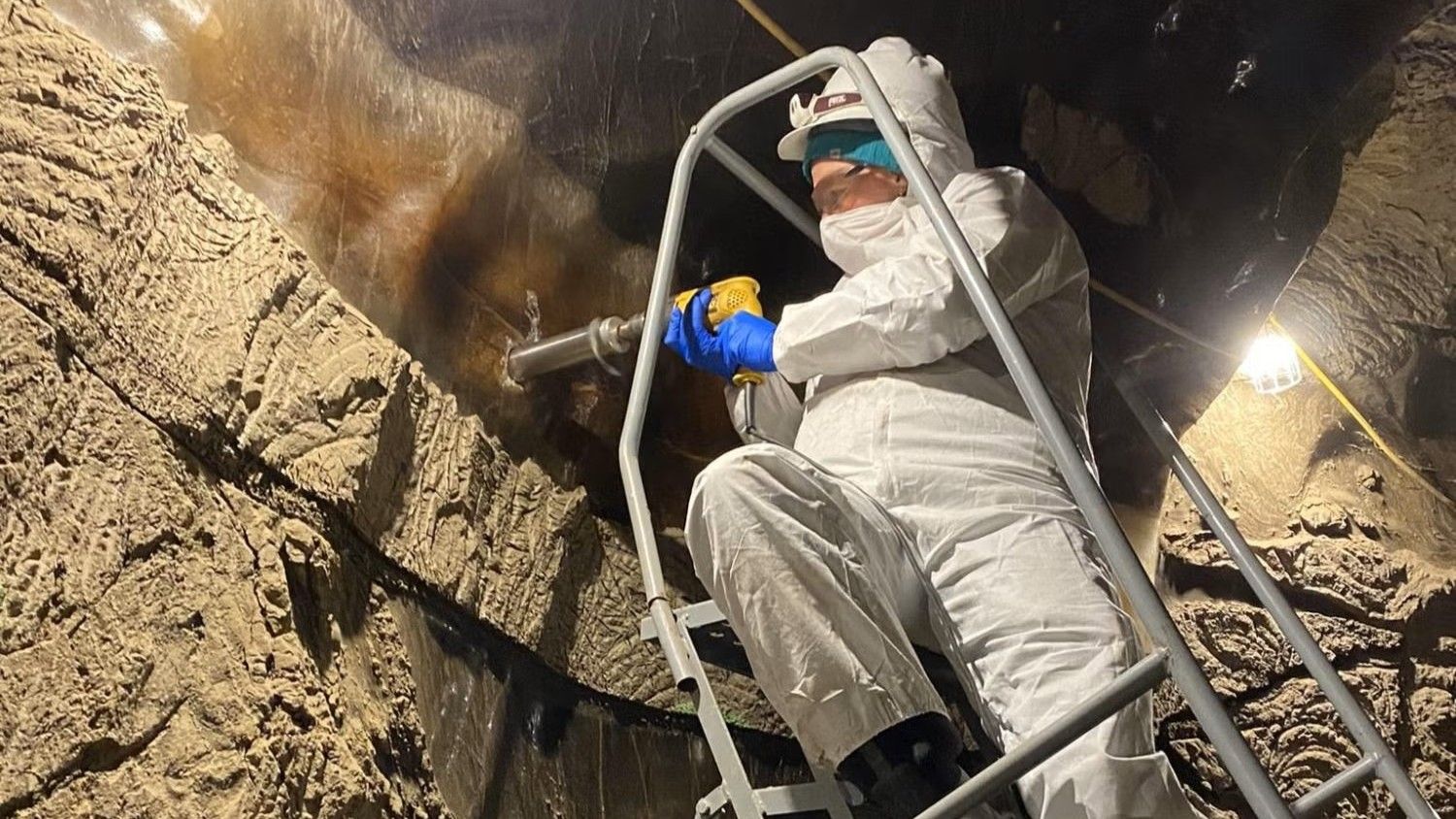Scientists in Canada have evaluated novel satellite and lidar mapping data and found that an ancient fault could potentially generate a powerful earthquake exceeding magnitude 7.5 on the Richter scale.
The researchers from the University of Victoria (UVic) believe that the 620-mile-long Tintina fault which stretches northwest across the Yukon Territory could be still active.
Geologists had long believed the fault was dormant for at least 40 million years, a view now challenged by new findings from high-resolution topographic mapping conducted using satellites, airplanes, and drones.
The group based their conclusions on a 80-mile-long section near Dawson City that exhibits clear signs of movement in the geologically recent past.
“The expanding availability of high-resolution data prompted us to re-examine the fault, looking for evidence of prehistoric earthquakes in the landscape,” Theron Finley, PhD, a surficial geologist and lead author of the study, stated.
Rare signs of activity
The study suggests the fault has slipped multiple times over the past 2.6 million years, a span known as the Quaternary period. While some glacial landforms are displaced by up to 3,280 feet, others, believed to date back t about 132,000 years ago, are offset by 246 feet.
Additionally, certain landforms dating back 12,000 years remain unbroken by the fault, suggesting no major ruptures have occurred since then. According to Finley, the fault is steadily accumulating strain at a rate of up to 0.03 inches per year. This indicates it remains a potential source of future earthquakes.
“Over the past couple of decades there have been a few small earthquakes of magnitude three to four detected along the Tintina fault, but nothing to suggest it is capable of large ruptures,” Finley emphasized.
Canada’s seismic hazard assessments rely on indigenous oral histories, written records, and modern seismic monitoring, which only span the past few centuries. However, large earthquakes can strike on active faults thousands of years apart.
Preventing future disasters
Detecting subtle fault scarps, which are long, narrow surface features that mark past ruptures and are often hidden beneath forest cover, should be a priority and can only be achieved through extremely precise mapping.
“We determined that future earthquakes on the Tintina fault could exceed magnitude 7.5,” Finley said in a press release. He believes the fault could be in a late seismic cycle stage, with a nearly 20-foot-long strain build-up over the past 12,000 years.
“If this were to be released, it would cause a significant earthquake,” the scientist concluded, adding that an earthquake of such magnitude would severely shake Dawson City and threaten nearby highways and mines.
Currently, Canada’s National Seismic Hazard Model does not list the Tintina fault as a discrete source of large earthquakes. That’s however set to change, as the new data will be incorporated into future hazard models, informing building codes and emergency planning.
The findings will also be shared with local governments and emergency managers to improve earthquake readiness and ensure communities are better equipped to respond when a major seismic event occurs.
The study has been published in the journal Geophysical Research Letters.
Source link


